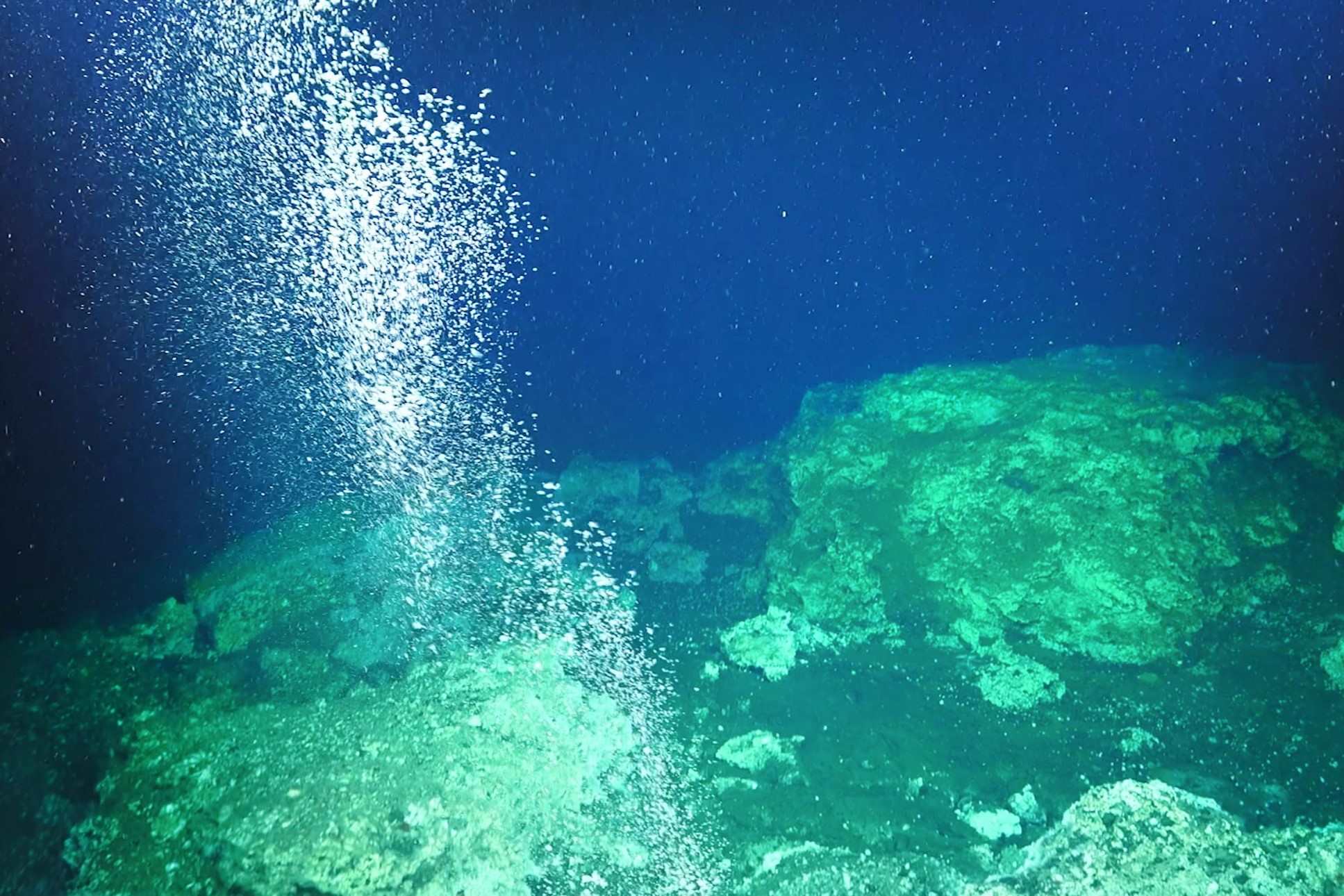Fascinating Places To See Natural Methane Seeps

Have you ever wondered where you can see natural methane seeps? These fascinating spots are where methane gas escapes from the Earth's crust, creating bubbles in water or even flames on land. Visiting these sites offers a unique glimpse into our planet's geology and natural processes. From the bubbling waters of the Black Sea to the fiery pits of Turkmenistan's Darvaza Gas Crater, there are several places around the world where you can witness this phenomenon. Whether you're a science enthusiast or just looking for an unusual travel experience, exploring natural methane seeps can be both educational and thrilling.
What Are Natural Methane Seeps?
Natural methane seeps are fascinating phenomena where methane gas escapes from the Earth's crust into the atmosphere or ocean. These seeps can be found in various locations around the world, often creating unique and mesmerizing landscapes. Let's explore some of the most captivating places to witness these natural wonders.
Where to See Natural Methane Seeps
1. Coal Oil Point, California
Located near Santa Barbara, Coal Oil Point is famous for its offshore methane seeps. The seeps create bubbles that rise to the ocean's surface, forming slicks of oil and gas. This area is not only a hotspot for methane seeps but also a haven for marine life, making it a great spot for nature enthusiasts.
2. Black Sea, Europe
The Black Sea is home to numerous methane seeps, particularly along its continental shelf. These seeps contribute to the unique chemistry of the Black Sea, which has a high concentration of hydrogen sulfide. The underwater seeps create an eerie yet captivating environment, perfect for adventurous divers.
3. Gulf of Mexico, USA
The Gulf of Mexico hosts several methane seeps, especially around the Mississippi Canyon. These seeps support diverse ecosystems, including unique species of bacteria and tube worms. The seeps can be observed via submersible expeditions, offering a glimpse into the deep-sea world.
4. East Siberian Arctic Shelf, Russia
One of the most significant methane seep areas in the world, the East Siberian Arctic Shelf, releases large amounts of methane into the atmosphere. This remote and icy region provides a stark contrast to the bubbling methane seeps, creating a surreal landscape.
5. Santa Barbara Channel, California
Another Californian gem, the Santa Barbara Channel, is renowned for its methane seeps. The seeps here are so prolific that they have been studied extensively by scientists. Kayakers and boaters can often see the bubbles rising to the surface, adding an extra layer of intrigue to their journey.
6. North Sea, Europe
The North Sea, particularly around the Norwegian coast, features numerous methane seeps. These seeps are often associated with underwater mud volcanoes and pockmarks on the seabed. The North Sea's methane seeps are a testament to the dynamic geological activity beneath the waves.
7. Caspian Sea, Asia
The Caspian Sea, the world's largest enclosed inland body of water, has several methane seeps along its coastlines. These seeps contribute to the unique ecology of the Caspian Sea, supporting various marine species. The seeps can be observed from boats, offering a unique perspective on this vast sea.
8. Lake Baikal, Russia
Lake Baikal, the world's deepest and oldest freshwater lake, is home to methane seeps that create fascinating ice formations during the winter. The methane bubbles get trapped in the ice, forming intricate patterns that are a sight to behold. This natural wonder attracts photographers and nature lovers alike.
9. Håkon Mosby Mud Volcano, Barents Sea
Located in the Barents Sea, the Håkon Mosby Mud Volcano is an underwater feature that releases methane gas. The mud volcano creates a unique habitat for various marine organisms, including specialized bacteria that thrive on methane. This remote location offers a glimpse into the mysterious deep-sea environment.
10. Gulf of Cadiz, Spain
The Gulf of Cadiz, off the coast of Spain, features several methane seeps associated with mud volcanoes and carbonate mounds. These seeps support diverse ecosystems, including cold-water corals and sponges. The Gulf of Cadiz is a prime location for marine researchers and enthusiasts interested in underwater geology.
Discovering Nature's Hidden Wonders
Natural methane seeps offer a unique glimpse into Earth's hidden processes. Visiting places like Santa Barbara Channel, Black Sea, and Gulf of Mexico provides an opportunity to witness these fascinating phenomena firsthand. Each location has its own charm and scientific significance, making them must-see spots for nature enthusiasts and curious travelers alike.
Exploring these sites not only broadens our understanding of natural gas emissions but also highlights the delicate balance of our planet's ecosystems. Whether you're a seasoned traveler or just starting your journey, adding these destinations to your list will enrich your appreciation for the natural world.
So pack your bags, grab your camera, and set out to explore these incredible natural wonders. You'll come back with unforgettable memories and a deeper connection to the Earth's mysterious processes. Happy travels!

